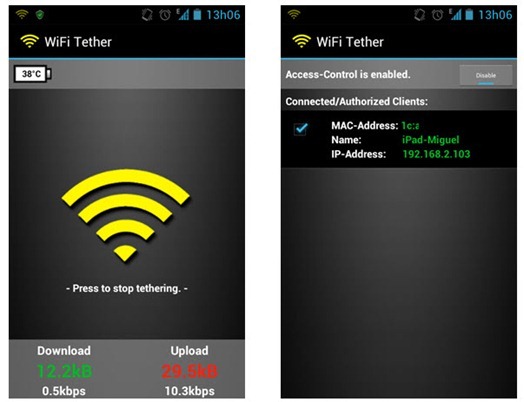
You can install latest Android updates (like the Android 8.0 Oreo) On old device by installing third-party ROMs like Lineage Os 14.1 or 15. Custom ROMs are based on Official Android source codes which are customized or developed by developers or a community of developers.
If you care primarily about having the best performance or you want to make sure your phone will stay fast for several years, then it’s very hard to beat the POCOphone for the money. Raw specs don’t tell the full story, but the F1 definitely gets all the basics right.
Getting back to stock uses the same techniques used to install ROMs and mods in the first place. If you’re accustomed to working with a rooted phone, there should be nothing in this guide that’s peculiar or alarming. Despite the obstacles, flashing a factory image is stock firmware the best option if you ever need to completely reset your device. It can also serve as the nuclear option if you’ve bricked your device and no other methods to fix it are working. Factory images come directly from the device manufacturers, and many don’t release them. Google and Motorola are among the major companies that do. It’s normally possible to get factory images from Samsung and LG, but you may need to download them from third-party sites.

If you are wondering if your device will get MIUI 13 or Android 12 or 13, you can check it from our app. With the “Android 12 – 13 Eligibility Check” and “MIUI 13 Eligibility Check” menus, you can check which update your selected device will receive or not. After this process you will probably need to reflash TWRP image on your phone because flashing any Official update replaces TWRP with Mi-Recovery. Read Steps to install Flash Stock Rom Poco F1 TWRP Recovery new version, supported android 4, 8, 9, 10, 6, 7, 5, 12, 11, 13. Install the downloaded module in Magisk Manager, then enable Zygisk in Magisk settings. Android versions up to 13 are supported, including OEM skins such as Samsung One UI and MIUI.